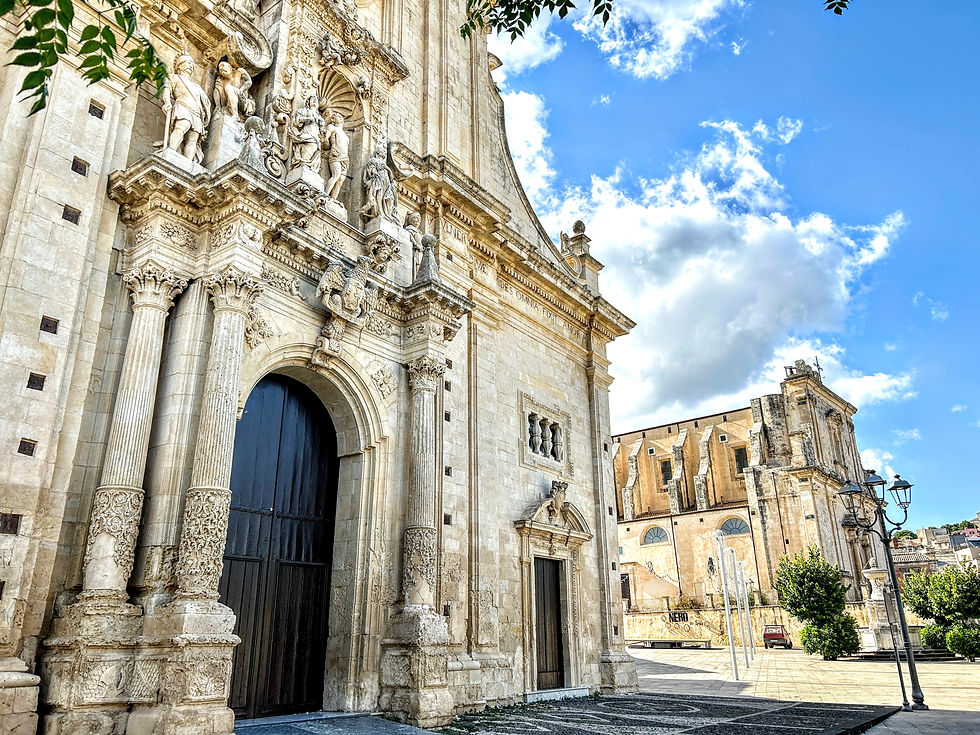They are of very ancient origins and are documented by archaeological excavations. Here they have left their mark: Samnites, Romans, Jews, Goths, Longobards, Saracens, Byzantines, Normans, Swabians, Angevins, Aragonese, and Spanish... #tuttitaly
Venosa, a city in Basilicata, has a rich and fascinating history that dates back to ancient Rome.
Historical background
In 291 BC, Venosa was conquered by the Romans from the Samnites, and from that moment on, its history became closely linked to that of Rome. Venosa became a "Municipium," a Roman city, and this affiliation was further solidified between 89 BC and 43 BC.
During this period, one of the greatest Latin poets, Quintus Horatius Flaccus (Horace), was born in 65 BC. He spent his childhood in Venosa and began his grammar studies here, which he later continued in Rome.
Another significant moment in Venosa's history was the establishment of a Jewish colony in 70 AD. This testifies to the coexistence of different ethnicities, an extraordinary phenomenon. Visiting the Jewish and Christian tombs on the Maddalena hill is still possible, just outside the fortified walls.
During the early Middle Ages, Venosa was dominated by the Lombards, followed by the Saracens, and then the Byzantines.
During the Norman rule and the presence of the Benedictines, the Complex of the Holy Trinity, the city's most important historical monument, was developed.
With the arrival of the Angevins, Venosa passed to the Orsini family, and it was Duke Pirro del Balzo who built the Castle between 1460 and 1470, along with the Cathedral of Sant'Andrea, which was completed in 1502 and consecrated in 1531.
Subsequently, the city passed to the Gesualdo family, feudal lords, and Princes of Venosa.
Important cultural figures emerged during this period, such as the poet Luigi Tansillo (1510-1580), the jurist Giovanni Batista De Luca (1614-1683), and the controversial Prince Carlo Gesualdo di Venosa.
In the 18th and 19th centuries, Venosa passed from the Ludovisi family to the Caracciolo family. In 1820, the city was involved in the Carbonari movement, a secret organization that fought for Italy's independence. With the Unification of Italy in 1861, Venosa was conquered by the brigands led by Carmine Crocco, known as the "rionerese."
Conclusion
Venosa has a millennia-old history, with roots dating back to ancient Rome. The presence of important figures like Horace and the coexistence of different ethnicities testify to this city's cultural and social richness. The historical monuments, such as the Complex of the Holy Trinity and the Castle, are tangible evidence of this fascinating history.
Venosa has experienced periods of domination by different powers but has managed to preserve its identity and become an important cultural center.


























Comments